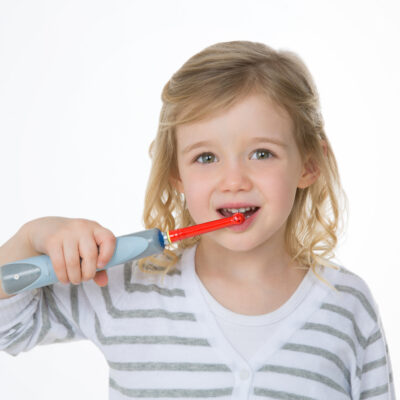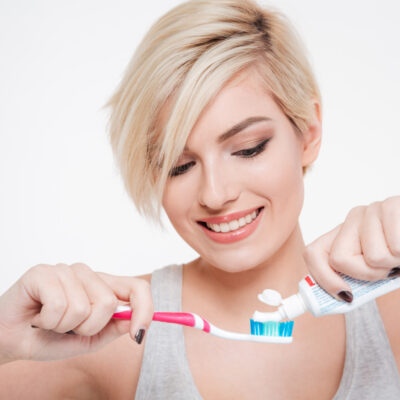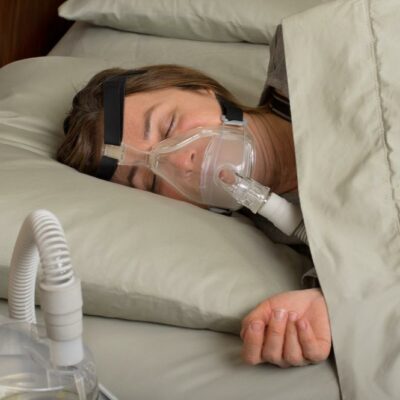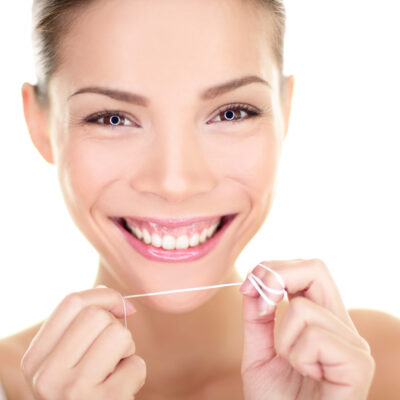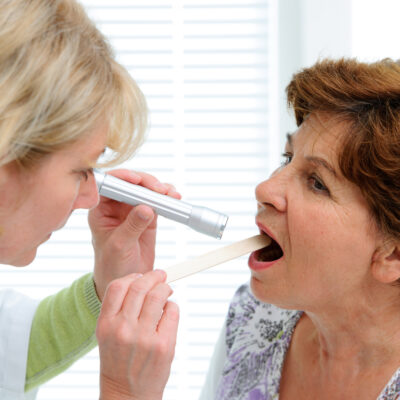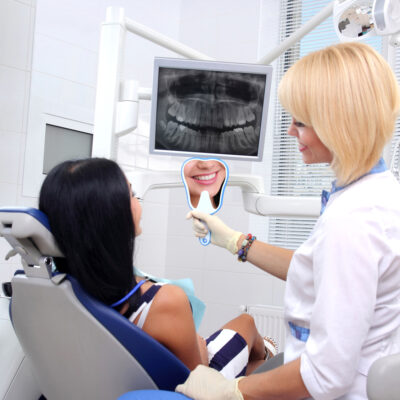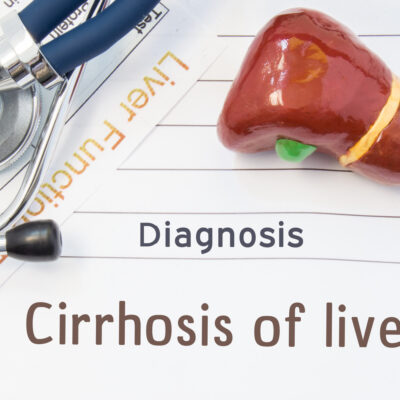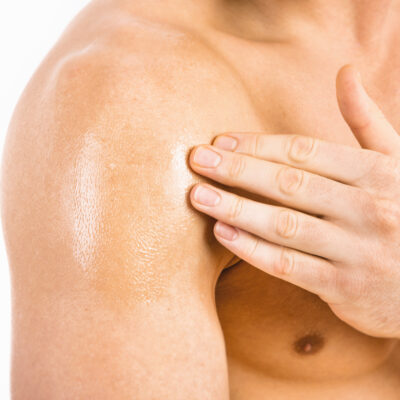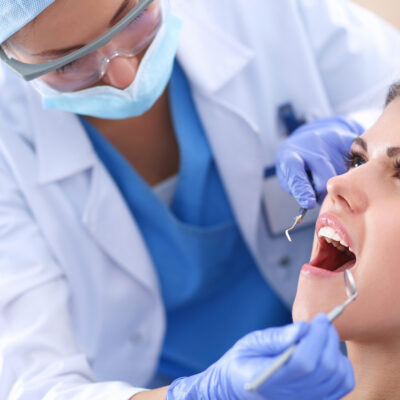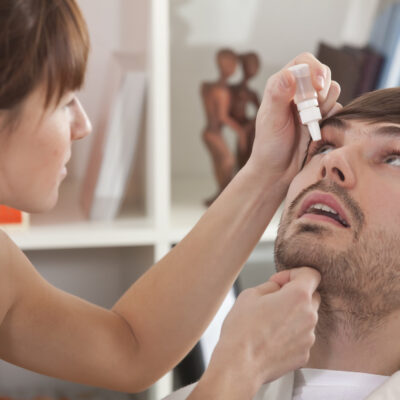
Lifestyle
Healing tips after getting a dental surgery
If you have lost your teeth owing to age or in an accident, visiting a dentist would give you three teeth replacement options namely dentures, bridges, and implants. The last two are inter-linked with each other. Bridges refer to the fixed restoration of teeth used for replacing the missing tooth or teeth. On the other hand, dental implants represent the surgical component interfaces with jaw-bone to provide optimal support to various dental prostheses like a denture, bridge, and crown. Once a patient undergoes this treatment, it consumes a long time to heal. Given below are a few tips that will assist in the fast healing of dental surgeries: Take proper rest There are many people who love to push the body beyond its capability post-surgery which is not good at all. Taking proper rest after bridges and implants is necessary as it promotes fast healing. The post-surgical period is also known as mini-vacation period and during this period all you have to do is to take complete rest. One can take complete rest by sleeping for a long period of time. It will let the surgical area recover and heal. It helps in keeping the stitches undisturbed which alleviates the pain progressively.
Read More 